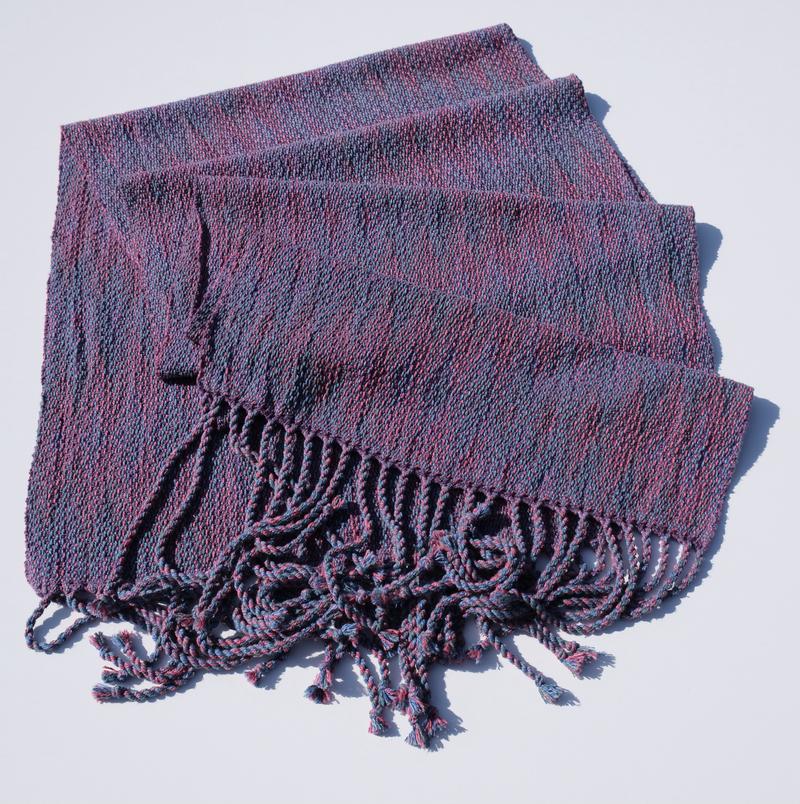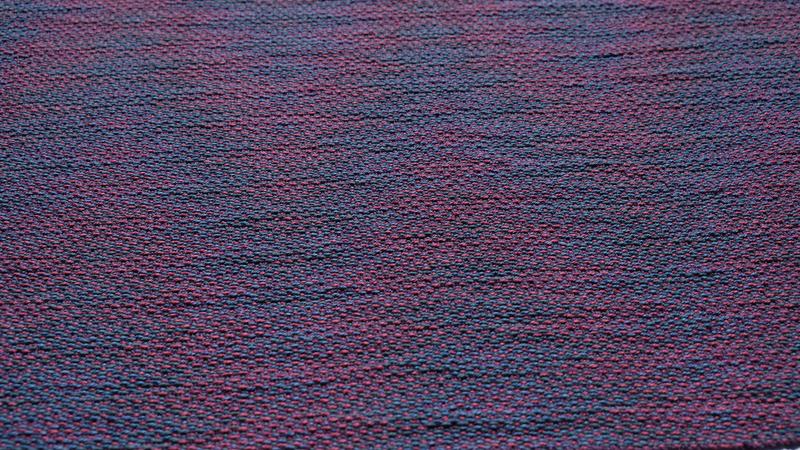A while ago, I was browsing Handweaving.net and stumbled upon some weaving drafts using the Corris effect. I had no idea what the Corris effect was, but the drafts looked lovely. I soon discovered that there are some online courses available to learn about this effect and decided to follow the 8 shaft course. It did not disappoint.
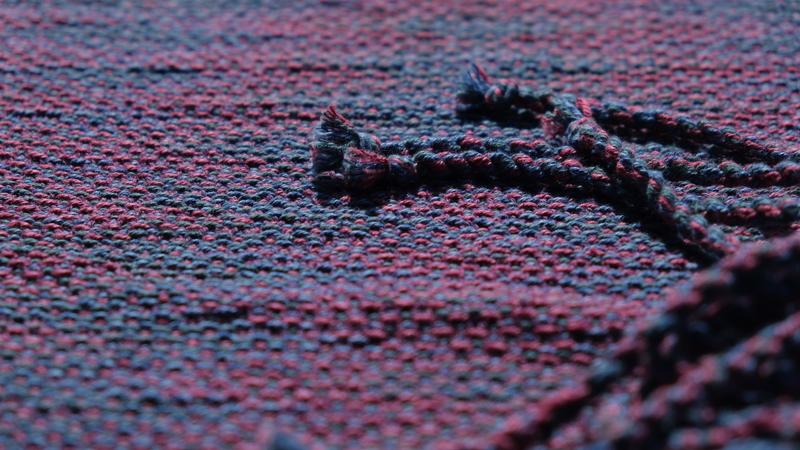
I really love the interaction of warp and weft colors that emerges when applying the Corris effect and I have had great fun in weaving my first Corris shawls. Plural, because I have finished 3 shawls so far. In this post, I share my experience of weaving the first of them.
A course with an added bonus
In the course, the idea behind the Corris effect was explained very clearly. The course has a very practical approach, showing how the Corris effect can be applied to a draft in Fiberworks. For me, there were several added bonuses. I am still fairly new to Fiberworks. I can find my way around, but there are still lots of features to discover. The course taught me quite some new tricks that are useful in making drafts — both with and without the Corris effect. I am impressed by the range of features available in Fiberworks. The option to make an advancing repeat will surely make my drafting easier.
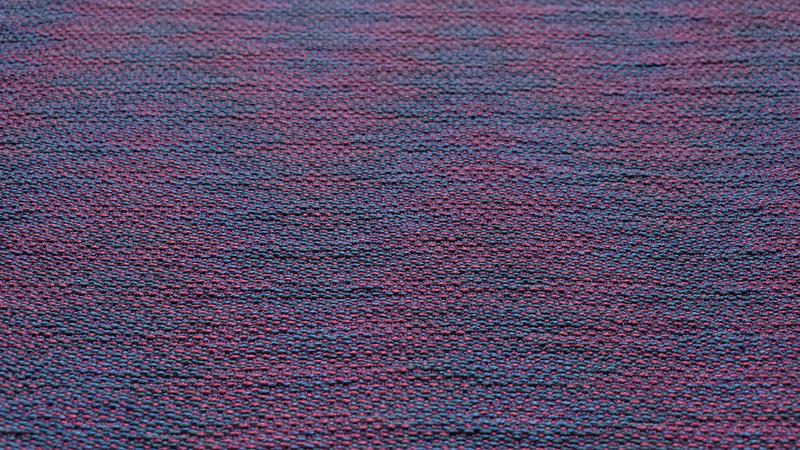
Blending colors
I quickly got a handle on how to apply the Corris effect to a twill-based draft. I see some resemblances with turned taquete, which I often design by applying a parallell repeat to a twill threading sequence. For the Corris effect, there are three colors alternating in the warp. In essence, two parallell repeats are applied. The way in which this is done makes for designs that seem to have some iridescence. With the right combination of three warp colors, they seem to blend together to make it appear as though even more colors were used in the warp. I really like this effect.

Spikes in silk
After making several Corris drafts, I decided to make my first Corris shawl using an advancing point twill in the threading and a regular point twill in the treadling. The resulting design is wavelike, yet spiky. For the shawl, I used a blend of silk and cotton. I alternated pink, blue and turquoise in the warp and combined this with dark purple in the weft.
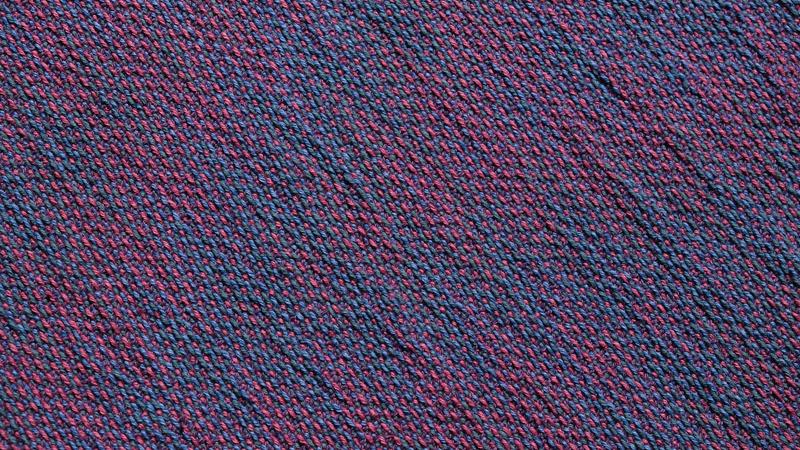
I had sufficient yarn to make a wide shawl. The number of warp ends of the design matched perfectly with the width of the shawl and the yarn I had available was just enough to wind the warp. I love it when things come together in this way.
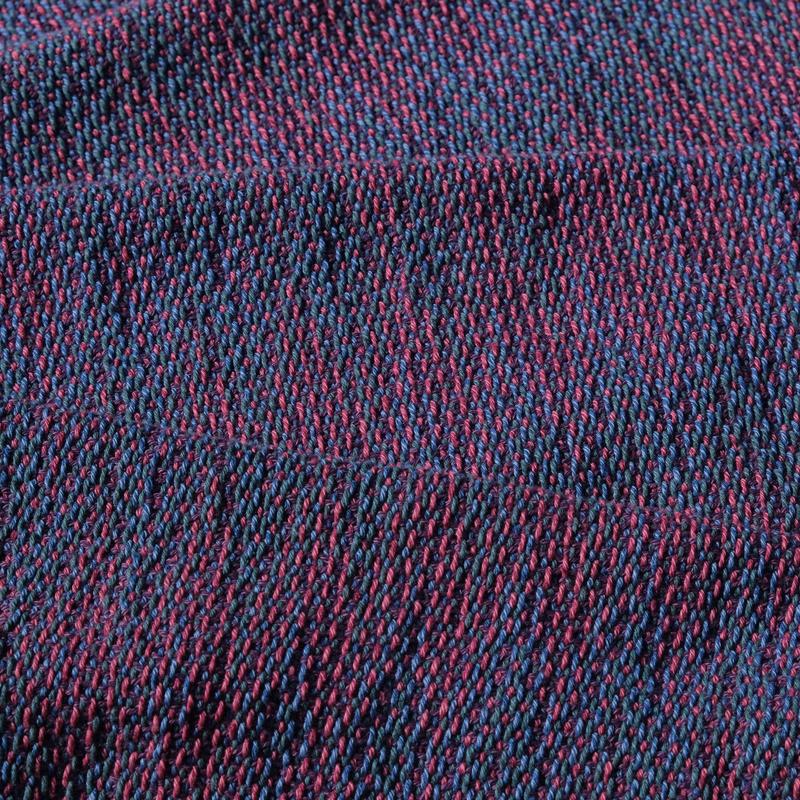
New yet familiar
Making the shawl was a joy. Threading the heddles took some getting used to, as I had never threaded a warp with two parallel repeats. However, I quickly got the hang of it and found a threading rhythm. The actual weaving was familiar, as it is quite similar to how I weave turned taquete.

I love the texture that the Corris effect gives to the cloth: the interaction of the warp and weft threads is really quite pleasing. The different warp colors add to this effect. Overall, I enjoyed the end result. Since this shawl came off the loom, I already made a lot more drafts and two more shawls. You might say I am crazy about the Corris effect at the moment. I am excited to exploring it further.
